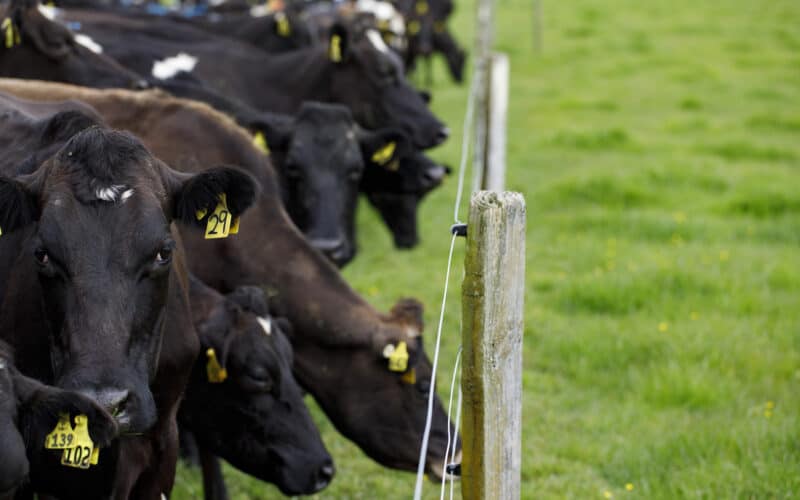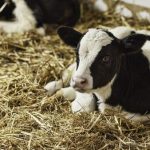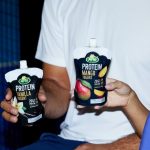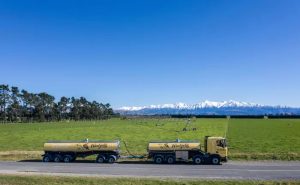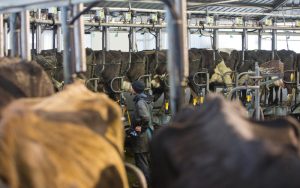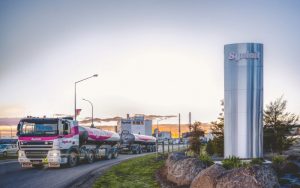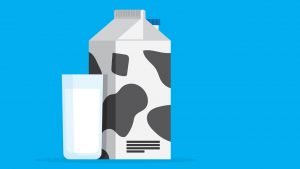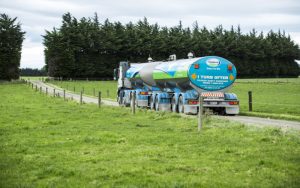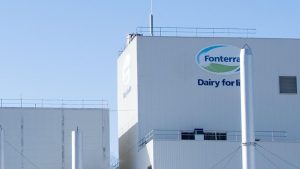
Use this summer period to review your farm system and expense structure.
By Felix Rodriguez-Firpo, DairyNZ farm system analyst
The summer period is a good time to consider your farm financial returns for this season and whether there are any changes you can make as you look ahead.
The milk price this year from Fonterra of $7-$8/kg is in the bottom third of inflation-adjusted prices over the past 15 years and many farm businesses will make no financial progress this season unless the milk price increases.
With that in mind, DairyNZ has analysed 15 years of DairyBase data at a national and regional level, looking at the key performance indicators and relationships between the top 25% and bottom 75% of farms ranked by return on assets.
Our analysis set out to answer the question, “What are some of the key metrics to assess how a business is performing and is there potential to increase profit?’
The key finding was that lower cost of production is key. The top 25% of farm businesses produce milk for $1/kg MS less compared to others, with the top quarter’s operating expenses sitting at $5.25/kg MS compared to $6.25/kg MS for the remaining farms.
This shows a significant difference in the way that some farms manage their businesses, including controlling their expenses in relation to milk output.
The analysis also found that operating profit showed a $1600 difference per hectare between the top 25% and other 75%, which could equate to an extra $240,000 for the top group, assuming a typical 150ha farm.
We also saw the operating profit margin is 13% higher for the top group, meaning these farms can maintain profitability when milk price drops or climate impacts production and costs.
Regarding imported feed and pasture, more feed doesn’t necessarily increase profit.
Our analysis showed that the quantity of imported feed was similar between the two farming groups.
However, there are high input farms that do make high profit, but generally they source their supplement relatively cheaply and have very low wastage and pasture substitution.
Pasture and crop harvested is a clear driver of profit and accounts for 22% of the difference in operating profit per hectare.
Considering the importance of pasture, we looked at extra operating profit per ha for each extra tonne of pasture eaten.
We found the previous guideline of $300 of extra profit per tonne of pasture eaten has increased to $350 extra, when incorporating recent seasons. This applies to both the top 25% group and remaining 75% group.
We encourage you to look to use this summer period to review your farm system and expense structure.
Consider comparing what you have achieved compared to similar farms in your region, using DairyBase. Since pasture and crop harvested have been shown to have significant impacts on profit, these are good focus areas.
This article first appeared in the December edition of our sister publication, Dairy Farmer.
